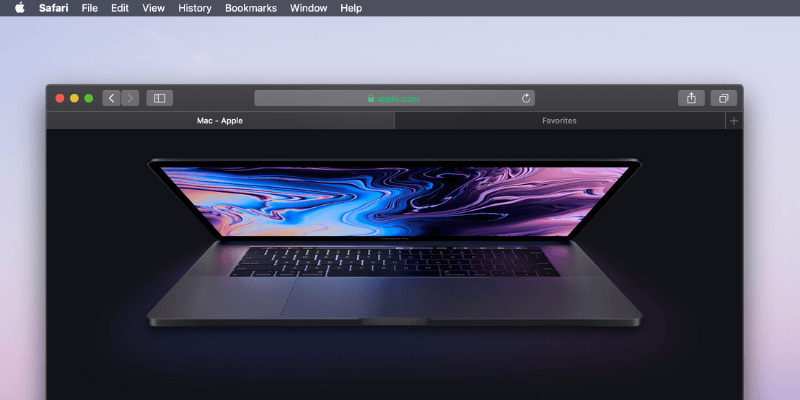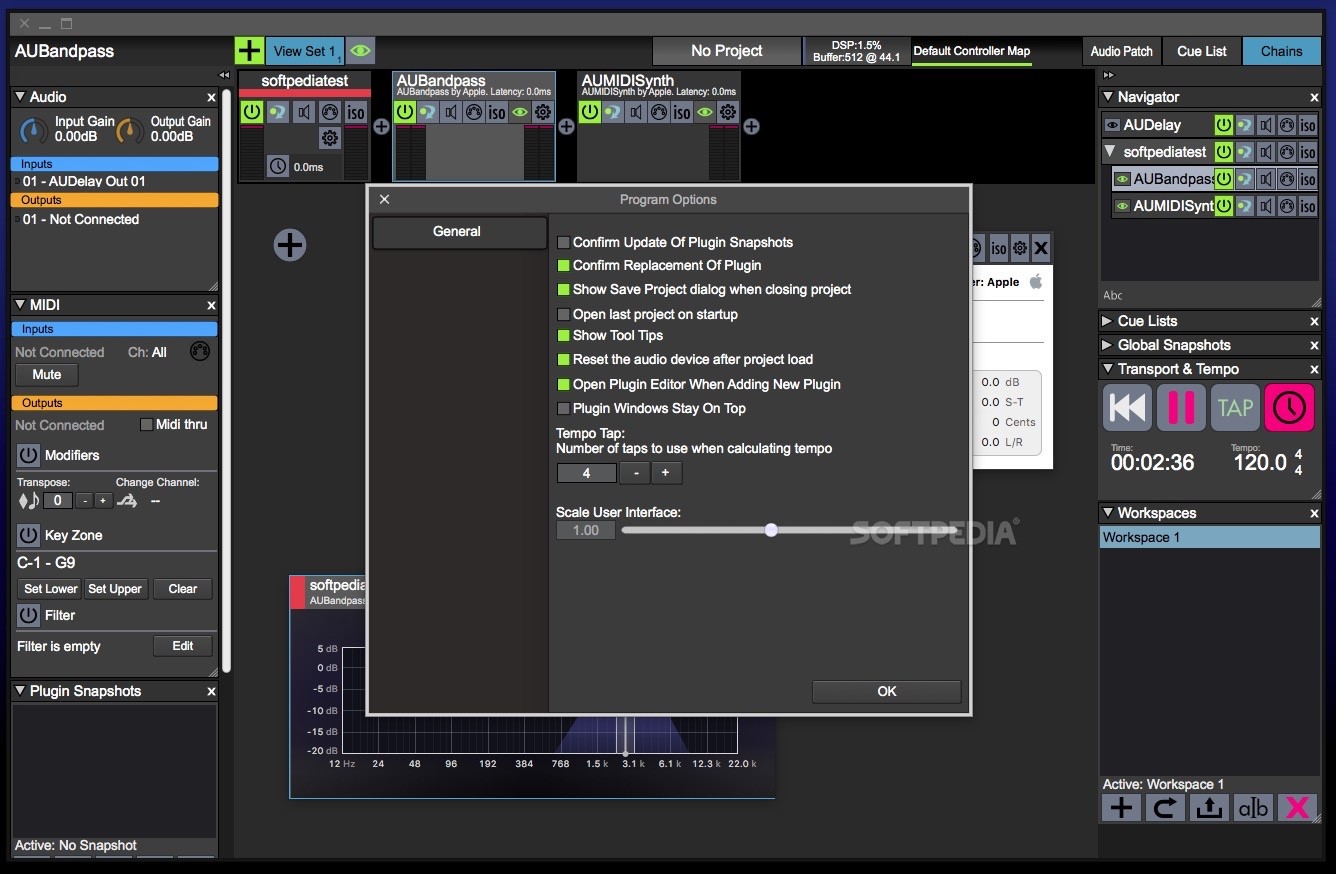

- #Mac runs slow after updating how to
- #Mac runs slow after updating software license
- #Mac runs slow after updating install
For example, if you are on Sierra 10.12.4, first open Mac App Store, click the Update button under “Updates” tab, upgrade your Mac to 10.12.6 first, and then install the latest macOS Mojave.
#Mac runs slow after updating how to
How to Fix: Update your Mac to the newest version first, then install macOS Mojave. Possible Reason: Your Mac is running an older macOS version–for example, macOS Sierra 10.12.4 (the newest Sierra version is 10.12.6), or macOS High Sierra 10.13.3 (the newest High Sierra version is 10.13.6). Note: personally, I haven’t encountered this issue but last year I did while upgrading to the macOS High Sierra. More Details: The Mojave installation stops at 99% and won’t move forward it’s stuck at “About a minute remaining”. Issue 2: Installation is Stuck at “About a Minute Remaining” Also check out our round up review on best Mac cleaner. CleanMyMac is a good tool to help you reclaim storage quickly. Make sure you have at least 20 GB available. You’ll see a color bar that displays how much storage has been used and how much is available. On the same window, click on the “Storage” tab.

If you have less than 4 GB, you’ll have to add more RAM in order to run macOS Mojave. On the same “Overview” tab, you’ll also be able to see how many GBs in memory your Mac has. For example, I’m on a 15-inch 2017 model (as seen in the screenshot above). Click on the Apple menu on the top left of your screen, then select “About This Mac”. For example, If you’re using a MacBook Air or MacBook Pro, it must be Mid-2012 or newer and has at least 4 GB of RAM (preferably 8 GB) and 15-20 GB of free disk space. For example, If you’re using a MacBook Air or MacBook Pro, it must be Mid-2012 or newer and have at least 4 GB of RAM (preferably 8 GB), as well as 15-20 GB of free disk space. It must meet these basic hardware and software requirements. Not every Mac machine can be upgraded to the latest macOS.

Possible Reason: Your Mac isn’t eligible for the Mojave update.
#Mac runs slow after updating software license
agree to software license agreement, input login password, etc.) and the new macOS installs on your Macintosh HD automatically. More details: Normally, once you download macOS Mojave installer, all you need to do is follow the instructions (e.g. Just navigate through the Table of Contents below it’ll jump to the right issue and provide more details.Īlso Read: How to Fix macOS Monterey Slow During macOS Mojave Installation Issue 1: Mac gets stuck during installation and won’t install Note: It’s very unlikely that you’ll face all the performance issues below. If you encounter a problem (hopefully you won’t), here are a list of issues and solutions you may want to look over I highly recommend you take a minute to go over the checklist to avoid potential data loss and other issues.Īlso, if you are using your Mac for work, do not update the machine right away as it may take more time than you thought. First Things First: If you’ve decided to update your Mac to macOS Mojave but have yet to do so, here are a few things to check before you upgrade.


 0 kommentar(er)
0 kommentar(er)
